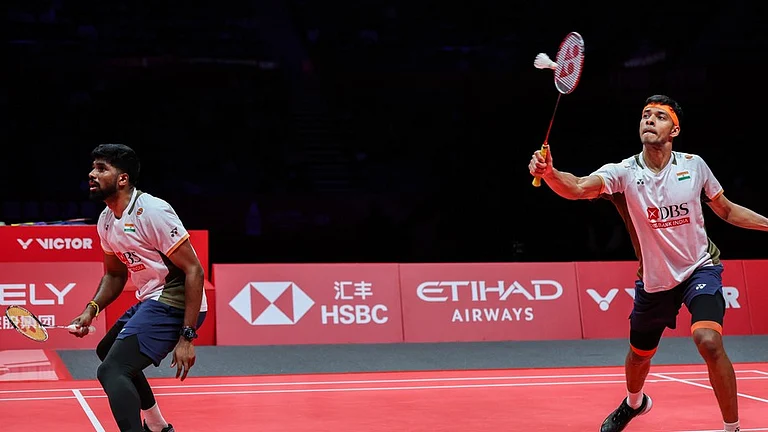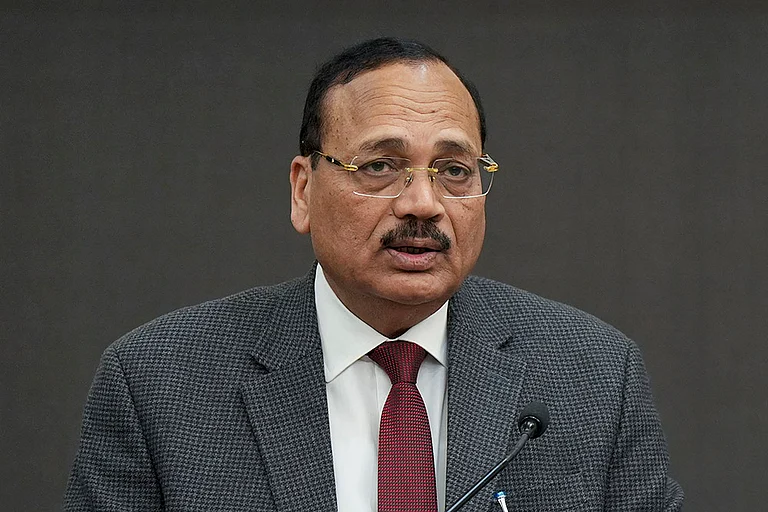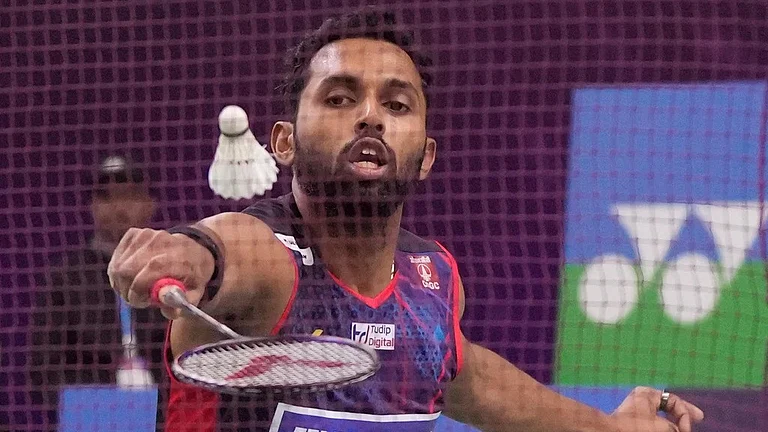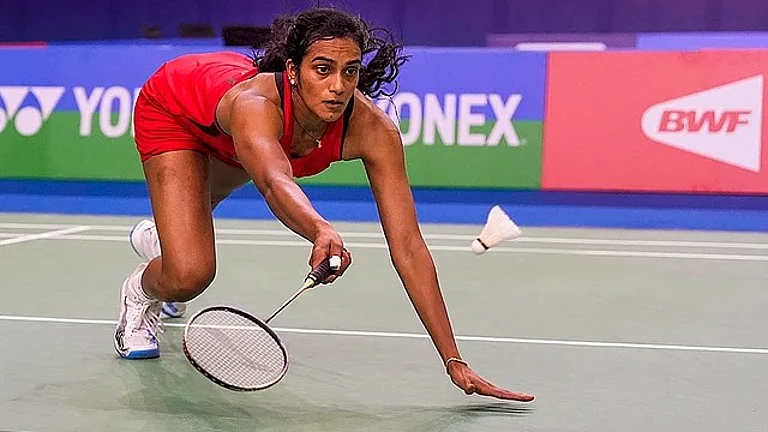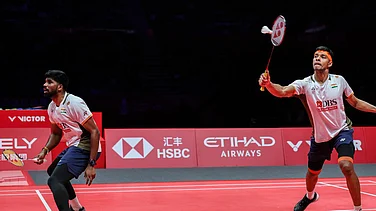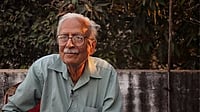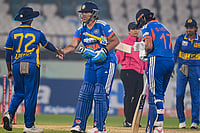From spending time in a hypoxic chamber to sparring with a variety of partners to adapt to different styles, Indian badminton ace PV Sindhu has left no stones unturned to be battle-ready for the Paris Games, where she will be chasing an unprecedented third consecutive Olympic medal. (More Sports News)
Sindhu's form has been patchy of late but she says the hat-trick of medals is very much possible because the last eight months spent with mentor Prakash Padukone has instilled confidence in her.
No Indian player has won three Olympic medals on the trot and a podium finish will make Sindhu arguably India's greatest athlete.
"I am aiming for a medal, definitely, yes. Whether it's one or two or three, it doesn't matter. I've won two medals and I don't want to take pressure by thinking that, oh, what is the third one," she said after a training session at Porte de la Chapelle Arena here.
"Every time I play at Olympics, it's a new Olympics for me. So every time I go out there, I want to get a medal and hopefully, I will do that hat trick soon."
Before coming to Paris, Sindhu trained at Sportcampus Saar in Saarbrucken, Germany where the altitude, the weather, and the conditions are similar to the French capital.
There she created a hypoxic chamber (low oxygen) in her room and slept for a couple of days. Hypoxic chambers help prepare an athlete's body to function at higher-altitude places.
"I couldn't go to the high altitude training center. I didn't have much time and obviously, there I couldn't have been playing. So I just thought, it would be good for me instead of going somewhere, getting it here and doing some changes and sleeping that way," she explained.
So, if the conditions demand the maximum from an athlete, with such training they feel ready to negotiate the challenge.
Sindhu said she has improved her strokes and is more consistent during the long rallies.
"Being much more confident in strokes," she replied when asked what difference she finds after training with Padukone.
"In women's singles now, there are a lot of long rallies and long matches, being consistent. I am confident in that now," she said.
"With every opponent, it's a different style and, you need to play the right stroke at the right time. And that's what Prakash sir also keeps saying. We've been working on that. And that's almost there. There's a lot of improvement. You will see that on court."
The 29-year-old also shared her training regime in Germany, where she sparred with all kinds of players and sometimes competed against two players at the same time.
"Saarbrücken training was really good. I was there for almost a couple of weeks and I got my own sparring partners as well. I got an opportunity to train with different people. One was like a left-hander and one was an attacking player, a rally player.
"And I had a Nigerian guy, who also was sparring with me. And one was a German singles player who was also playing with me for a couple of days."
Sindhu was an underdog in the 2016 Olympics, while she competed at Tokyo Games as an experienced player.
Talking about her journey, Sindhu said: "I've experienced two different kinds of Olympics where, in one, a lot of people shouted and cheered, but there was no pressure. In the second one, there were a lot of responsibilities and pressure, everybody wanted you to get a medal, but there was no crowd.
"But now it's a mixture of both (in Paris). I'm hoping for the best medal to come out there."








